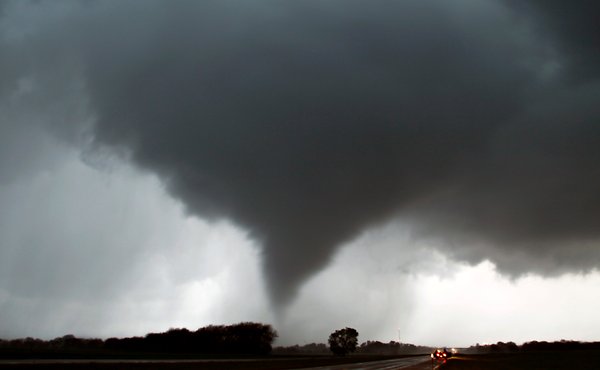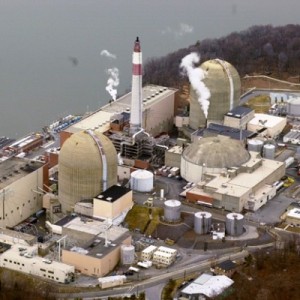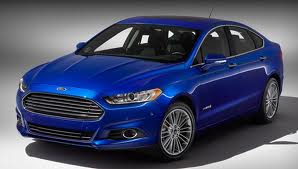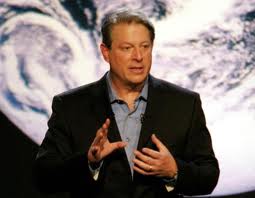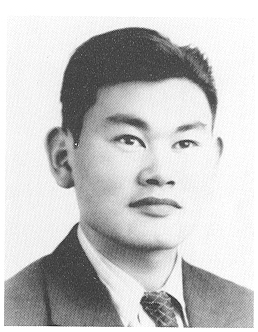Florida’s WSVN-TV reports that, although still missing, Bob Levinson is still in the thoughts of his family, who still hope for his speedy and safe return. As do we. Bobby, there are still a lot of people thinking about you every day.
Excerpted from Son of missing man looks in stands for father
COCONUT CREEK, Fla. (WSVN) — A South Florida teen hoping to win his high school volleyball championship is also holding out hope that he will see his father again someday soon. In 2007, retired FBI agent Bob Levinson vanished while on a private business trip to Iran. In 2010, three years after his disappearance, a YouTube video emerged, showing Bob Levinson as he pleaded for help to get back home. He is still missing. Levinson’s son Doug was only 13 when his father went missing. Thursday night, Coral Glades High played against Marjorie Stoneman Douglas High in the district volleyball finals. The now 18-year-old Coral Glades High School senior admits he still looks into the stands, hoping to see his father cheering him on. “He would just be happy that I played this long and played the sport I love,” said Doug. “Sometimes, if I hit a good ball or hit a kill, I look up and that’s it. But my mind’s gotta be on the court. It’s in the back of your head, but you’ve just got to push it out.” “He used to be in the stands for every one of our children’s games,” said Bob’s wife, Christine Levinson, “and he’s not able to be here.” Last year, Doug and his sister received college scholarships, and Doug will attend Florida State University in the fall. Levinson’s family believes he is still alive and being held against his will.



